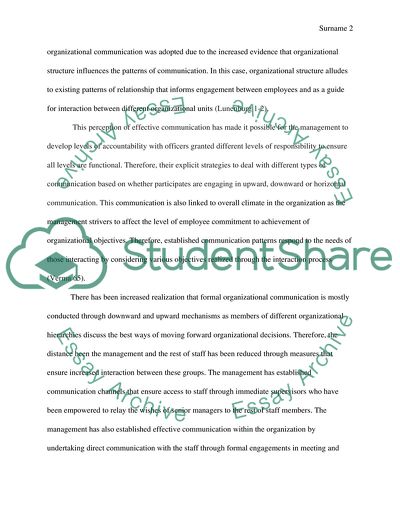Cite this document
(“Organisational Communication Admission/Application Essay - 1”, n.d.)
Organisational Communication Admission/Application Essay - 1. Retrieved from https://studentshare.org/nursing/1672051-organisational-communication
Organisational Communication Admission/Application Essay - 1. Retrieved from https://studentshare.org/nursing/1672051-organisational-communication
(Organisational Communication Admission/Application Essay - 1)
Organisational Communication Admission/Application Essay - 1. https://studentshare.org/nursing/1672051-organisational-communication.
Organisational Communication Admission/Application Essay - 1. https://studentshare.org/nursing/1672051-organisational-communication.
“Organisational Communication Admission/Application Essay - 1”, n.d. https://studentshare.org/nursing/1672051-organisational-communication.


